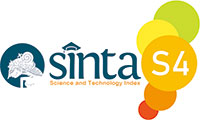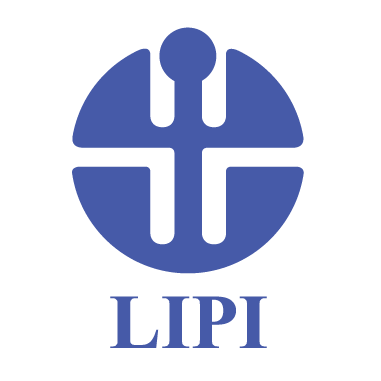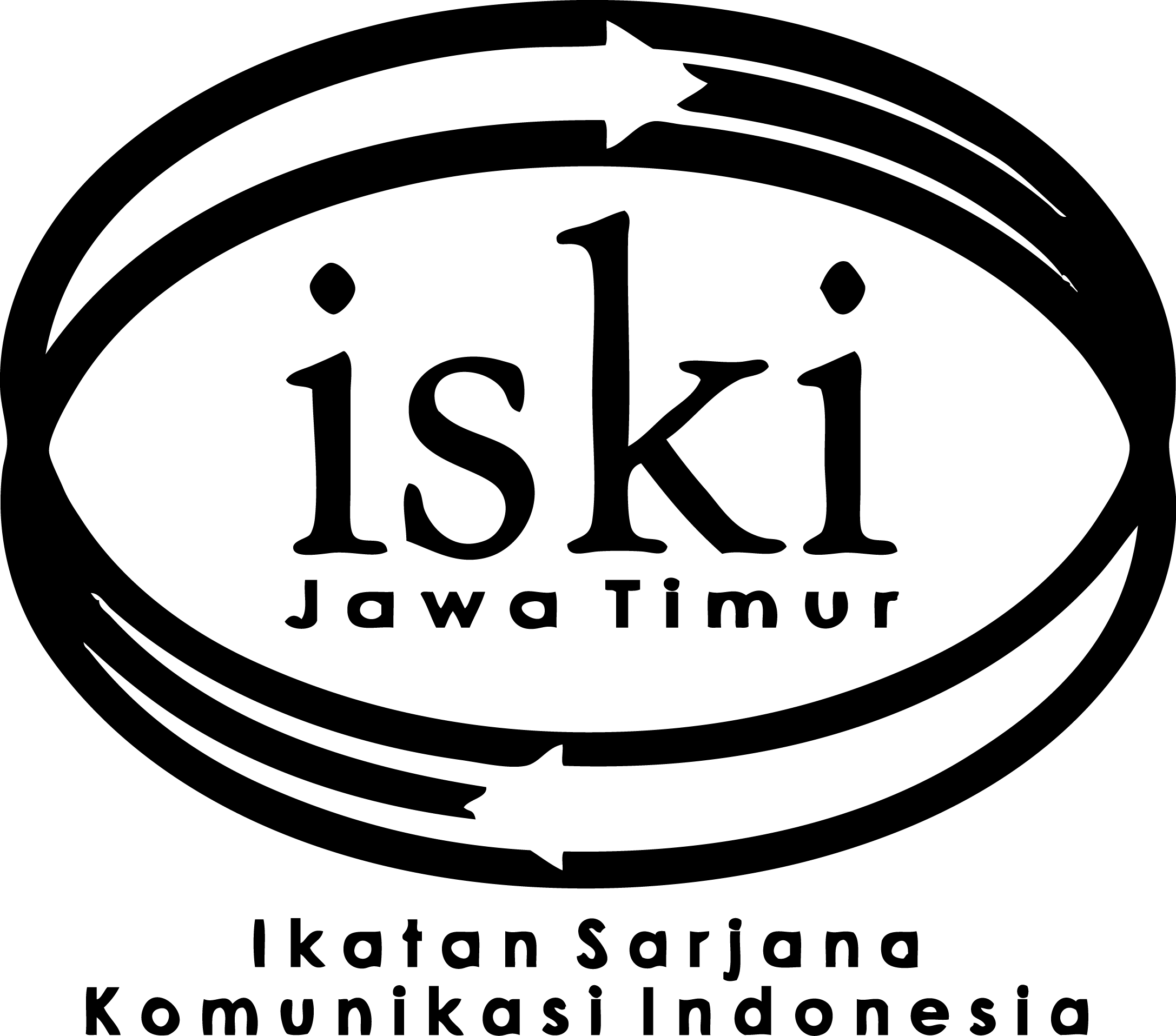Beyond Advertising: the Influence of word of mouth on Millennial Parents' Integrated Islamic School Selection
Keputusan Orang Tua Milenial dalam Memilih Sekolah Islam Terpadu
DOI:
https://doi.org/10.37826/spektrum.v13i2.906Keywords:
Word of Mouth (WOM), Millennial Parents , Decision-making, Integrated Islamic School (SIT), Source Credibility TheoryAbstract
This study examines how word of mouth (WOM) influences millennial parents in Bandarlampung when selecting an Integrated Islamic School (SIT). Using a quantitative approach, data were collected from 61 respondents across six SITs. Validity and reliability tests confirmed the quality of the instrument (Cronbach’s Alpha = 0.901). Statistical analysis using ANOVA and simple linear regression revealed that WOM significantly affects school choice (F = 76.121, p < 0.001), with a strong correlation (R = 0.751) and R² = 0.563, indicating that WOM explains 56.3% of the variance in school choice decisions.
Further analysis shows that interpersonal recommendations—particularly from friends (39.3%) and family (26.2%)—are more influential than information from social media (19.7%) or brochures (14.8%). These findings support the Source Credibility Theory, emphasizing that trusted sources have greater persuasive power. They also align with Social Influence and Diffusion of Innovations theories, demonstrating how community networks influence parental behavior, particularly among digital-native millennial parents.
Practically, SITs should build strong parent communities, encourage testimonials both offline and online, and maintain high service quality to reinforce positive word of mouth (WOM). Managing Word of Mouth (WOM) strategically can increase school visibility and trustworthiness.
This study contributes to understanding behavioral patterns among millennial parents in educational contexts. Future research may explore other influencing factors, such as educational values, digital engagement patterns, or comparisons across different school types and regions..
References
Akbar, H., Simanjuntak, M., & Asnawi, Y. H. (2022). Pengaruh keputusan pemilihan pada Sekolah Islam Terpadu terhadap kepuasan dan positive word of mouth. Jurnal Aplikasi Bisnis dan Manajemen, 8(2), 503–514. https://doi.org/10.17358/jabm.8.2.503
Ali, H., Hamdan, H., & Mahaputra, M. R. (2022). Faktor eksternal perceived ease of use dan perceived usefulness pada aplikasi belanja online: Adopsi technology accepted model. Jurnal Ilmu Multidisiplin, 1(3), 587–604. https://doi.org/10.38035/jim.v1i3.75
Aliyah, S. R., & Ismail, O. A. (2024). Kredibilitas sumber dan pengaruh akun Instagram @herbyuss terhadap tingkat kepercayaan followers. Jurnal Ilmu Komunikasi, 9(4), 829–844.
Anastasiei, B., Dospinescu, N., & Dospinescu, O. (2023). Word-of-mouth engagement in online social networks: Influence of network centrality and density. Journal of Marketing Theory and Practice, 31(2), 153–167.
Arif, M. (2023). Generasi millenial dalam internalisasi karakter nusantara. IAIN Kediri Press. http://repository.iainkediri.ac.id/id/eprint/682
Baswara Yua Kristama, Kurniawaty, Y., & Winarni, S. (2025). The relationship between interpersonal communication and social support of students at STIKES Katolik St. Vincentius a Paulo Surabaya. Jurnal Spektrum Komunikasi, 12(4), 569–577. https://journal.stikosa-aws.ac.id/index.php/spektrum/article/view/873
Bidhari, K. P., & Teguh, M. (2025). Exploring customer internal meaning in marketing communication: A case study of Padmaning Garden. Jurnal Spektrum Komunikasi, 13(1), 80–95. https://doi.org/10.37826/spektrum.v13i1.847
Cahyani, N. M. P. D., Dwiartha, P., & Pradipta, A. D. (2020). Pengaruh brand image terhadap niat beli produk Focallure. Jurnal Ekonomi dan Bisnis, 9(1), 1–11.
Creswell, J. W., & Creswell, J. D. (2018). Research design: Qualitative, quantitative, and mixed methods approaches (5th ed.). SAGE Publications.
Dasopang, M. D., Lubis, A. H., & Dasopang, H. R. (2022). How do millennial parents internalize Islamic values in their early childhood in the digital era? Al-Ishlah: Jurnal Pendidikan, 14(1), 697–708. https://doi.org/10.35445/alishlah.v14i1.1062
Etim, G. S., James, E. E., Inyang, I. B., & Anna, E. H. (2023). Word-of-mouth communication and customer patronage behaviour towards smartphones. International Journal of Entrepreneurship and Business Innovation, 6(2), 69–85. https://doi.org/10.52589/ijebi-ibjmwrb6
Gunawan, C. (2019). Regresi linear: Tutorial SPSS lengkap. Skripsi Biisa.
Harkins, S. G., Williams, K. D., & Burger, J. (2017). The Oxford handbook of social influence. Oxford University Press. https://doi.org/10.1093/oxfordhb/9780199859870.001.0001
Hossain, M. M., Kabir, S., & Rezvi, R. I. (2017). Influence of word of mouth on consumer buying decision: Evidence from Bangladesh market. European Journal of Business and Management, 9(12), 38–45. www.iiste.org
Idris, R. (2011). Perubahan sosial budaya dan ekonomi Indonesia dan pengaruhnya terhadap pendidikan. Lentera Pendidikan: Jurnal Ilmu Tarbiyah dan Keguruan, 14(2), 219–231. https://doi.org/10.24252/lp.2011v14n2a7
Julio, M. A., & Shihab, M. S. (2024). The influence of word of mouth and perceived value on parents’ decisions to choose Kids Republic Jakarta School. International Journal of Economics (IJEC), 3(2), 1074–1088. https://doi.org/10.55299/ijec.v3i2.1078
Juswan, S., Rachmawati, I. K., & Handoko, Y. (2024). Faktor-faktor yang mempengaruhi keputusan orang tua memilih sekolah dasar swasta: Studi kasus di SD Santo Nicholas Medan. Journal of Education, Humanities and Social Sciences, 7(1), 168–175. https://doi.org/10.34007/jehss.v7i1.2303
Kaawoan, S., Solong, N. P., Mustain, A. Z., Ainiyah, N., & Nugraha, A. R. (2021). Understanding the concept of Islamic education for millennial in Indonesia. Linguistics and Culture Review, 5(S4), 1426–1438. https://doi.org/10.21744/lingcure.v5ns4.1886
Khoo, K. L. (2022). A study of service quality, corporate image, customer satisfaction, revisit intention and word-of-mouth: Evidence from the KTV industry. PSU Research Review, 6(2), 105–119. https://doi.org/10.1108/PRR-08-2019-0029
Kotler, P., & Keller, K. L. (2016). Marketing management (15th ed.). Pearson Education.
Kusrini, K. (2021). Strategi komunikasi word of mouth (WOM) sebagai upaya promosi SDIT Alam Biruni. Studia Komunika: Jurnal Ilmu Komunikasi, 4(1), 28–32. https://doi.org/10.47995/jik.v4i1.43
Mansori, S., Vaz, A., & Ismail, Z. M. M. (2014). Service quality, satisfaction and student loyalty in Malaysian private education. Asian Social Science, 10(7), 57–66. https://doi.org/10.5539/ass.v10n7p57
Munsch, A. (2021). Millennial and generation Z digital marketing communication and advertising effectiveness: A qualitative exploration. Journal of Global Scholars of Marketing Science, 31(1), 10–29. https://doi.org/10.1080/21639159.2020.1808812
Nguyen, L. T. K., Lin, T. M. Y., & Lam, H. P. (2021). The role of co-creating value and its outcomes in higher education marketing. Sustainability, 13(12), 1–14. https://doi.org/10.3390/su13126724
Payadnya, I. P. A. A., & Jayantika, I. G. A. N. T. (2018). Panduan penelitian eksperimen beserta analisis statistik dengan SPSS. Deepublish.
Qutni, D., & Oesman, A. M. (2022). Urgensi literasi digital bagi generasi milenial dalam konservasi budaya. Libraria: Jurnal Perpustakaan, 10(2), 291. https://doi.org/10.21043/libraria.v10i2.17468
Rogers, E. M. (2009). Diffusion of innovations (5th ed.). Free Press.
Stribbell, H., & Duangekanong, S. (2022). Satisfaction as a key antecedent for word of mouth and an essential mediator for service quality and brand trust in international education. Humanities and Social Sciences Communications, 9(1). https://doi.org/10.1057/s41599-022-01459-z
Sugiyono. (2020). Metode penelitian kuantitatif kualitatif dan R&D. Alfabeta.
Syafrina, A. E. (2022). Komunikasi massa. Mega Press Nusantara.
Untachai, S. (2019). Service quality: Mediating role in servicescape and word-of-mouth. Kasetsart Journal of Social Sciences, 40(1), 396–401. https://doi.org/10.1016/j.kjss.2017.07.013
Downloads
Published
How to Cite
Issue
Section
License
Copyright (c) 2025 Jurnal Spektrum Komunikasi

This work is licensed under a Creative Commons Attribution-NonCommercial-ShareAlike 4.0 International License.
























